Premium Only Content
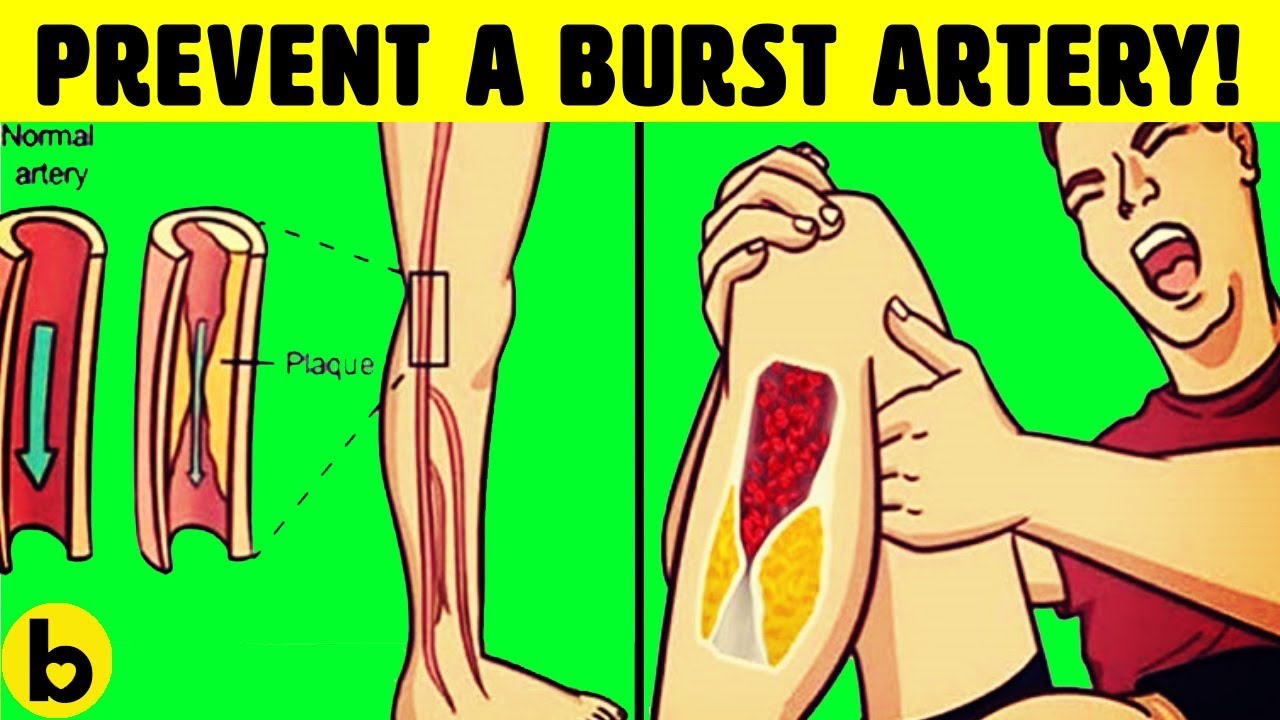
Natural Blood Thinners And How To Prevent Blood Clots
Here is how you can prevent blood clots and stop a bursting artery.
#BloodClot #Arteries #Health
Music:
https://www.youtube.com/audiolibrary/music
Summary:
The arterial blood clot: Before we get into the different types of blood thinners, we should discuss blood clots. Let’s start with the arterial clot. I have already mentioned that blood clots can develop in the arteries. They can block blood and oxygen from reaching certain organs. These types of clots will often form in the hands and feet. But in more severe cases, they can also develop in the brain, causing a stroke.
The venous blood clot: Another type of blood clot is the venous blood clot. This is when these clots form in the veins and tend to develop very slowly. Venous clots are more prone to development after trauma or surgery. There are three types of clots that can form in your veins. The first one is a pulmonary embolism (this clot can travel to the lungs and cause death). The second type of clot is deep vein thrombosis (usually occurs in the lower pelvis, leg or thigh). The last type of clot is superficial venous thrombosis (occurs in the veins closest to the skin and can cause severe pain). If you experience inflamed skin, reddened skin near your vein or a vein that has become too painful to touch, you may be suffering from a venous blood clot.
Symptoms of a blood clot: The easiest way to determine if you have a blood clot is to get it checked out. But you need to look out for certain symptoms. If you experience cold hands or feet, loss of color in the affected area, muscle pain, or weakness in a certain area, you should make an appointment with your doctor.
Other symptoms of blood clots including heart pain, chest pain, upper body discomfort or pain, and shortness of breath. Blood clots can also make you feel weak, dizzy, and confused. They can also lead to severe abdominal pain, diarrhea, and vomiting.
Risk factors: There are certain risk factors that contribute to blood clots. If you have high blood pressure, high cholesterol, suffer from diabetes or are addicted to smoking, you have an increased risk of developing blood clots.
The American Society of Hematology states that the risk factors associated with blood clotting vary between the different types of blood clots. For example, the risk factors for developing venous blood clots differ greatly from those associated with arterial blood clots.
Blood clot treatment: There are many different types of treatments associated with blood clots. The treatment that you receive will depend entirely on your health as well as the location of your blood clot. Some types of treatment for blood clots include anticoagulants, which help prevent blood clots from forming. Thrombolytics are also used to help dissolve blood clots, while a thrombectomy is the surgical removal of a blood clot. Some patients who are diagnosed with venous blood clots may be referred to a hematologist, which is a type of doctor that specializes in blood disease
-
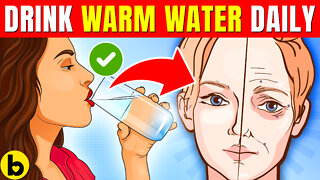 8:00
8:00
Bestie
2 years agoSurprising Benefits Of Drinking Warm Water In The Morning
1K1 -
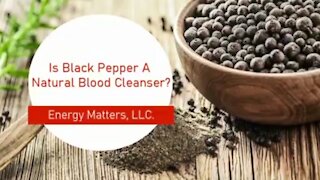 1:19
1:19
Energy Matters, LLC
4 years agoIs Black Pepper A Natural Blood Cleanser?
1K -
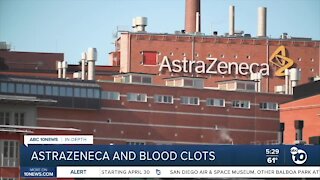 3:15
3:15
KGTV
4 years agoAstraZeneca and blood clots
3431 -
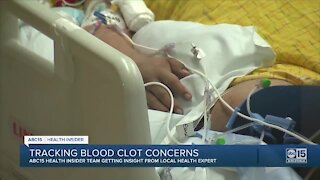 2:19
2:19
KNXV
4 years agoCould COVID cause blood clots?
274 -
 0:24
0:24
Newsy
4 years agoEU Agency Links J&J Vaccine, Blood Clots
4.42K29 -
 11:59
11:59
PracktikoTips in Health - Fitness - Wellness
4 years agoLooking for natural ways to help high blood pressure?
26 -
 1:21:52
1:21:52
Russell Brand
3 hours agoFighting the Devil and Winning – Bas Rutten on Faith, Demons, and Discipline - SF611
155K17 -
 10:00
10:00
MattMorseTV
21 hours ago $2.65 earnedTrump isn't TAKING the BAIT.
18.7K26 -
 LIVE
LIVE
Barry Cunningham
3 hours agoPRESIDENT TRUMP IS MAKING IT APPEAR THAT THE STORM IS UPON US!
1,936 watching -
 LIVE
LIVE
StoneMountain64
2 hours agoDelta Force PRISON MAP is insane (+ NEW KNIFE Desmoulins' Edge)
77 watching